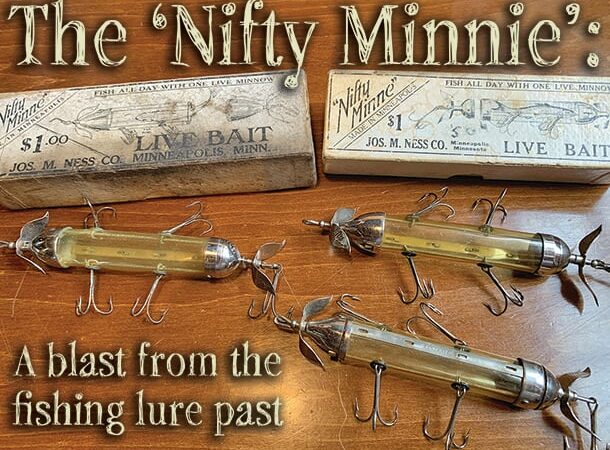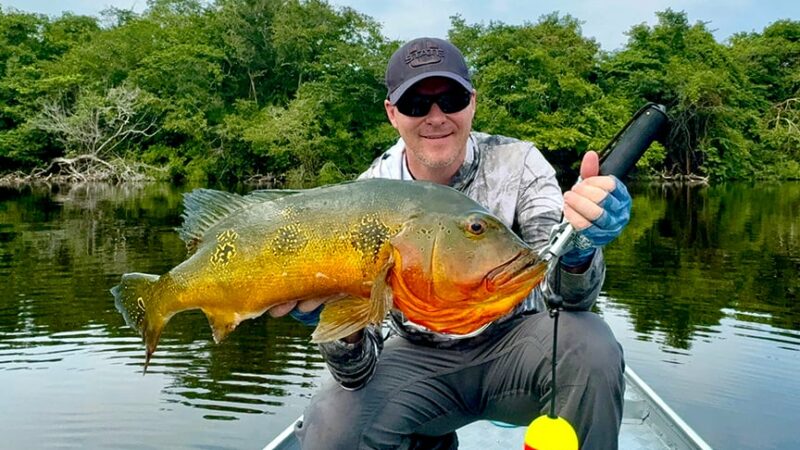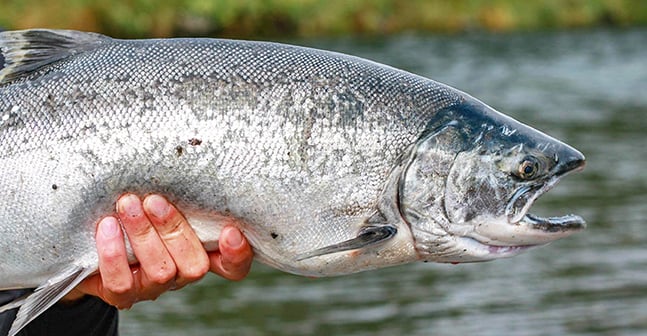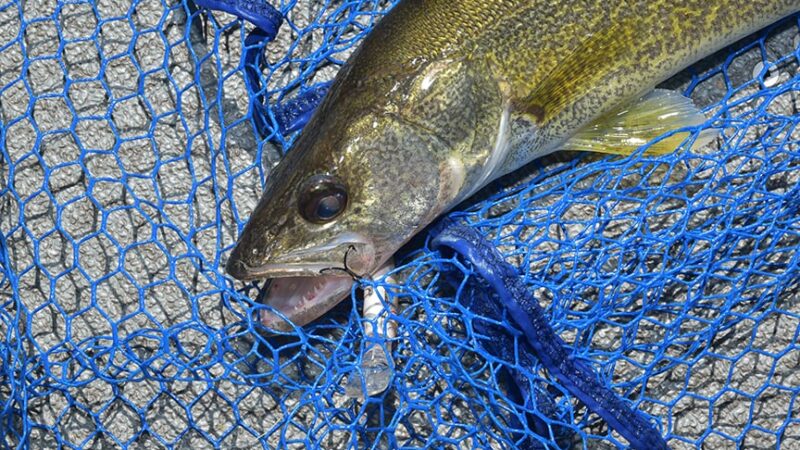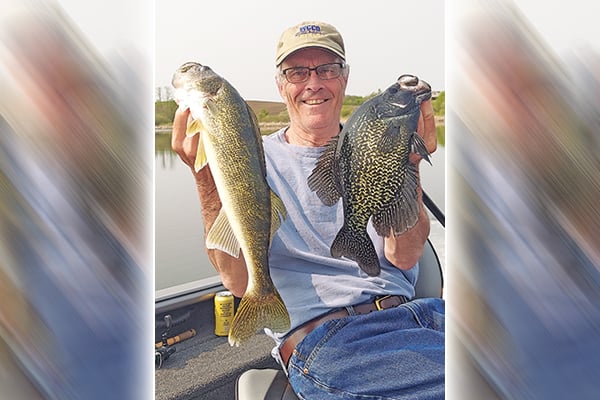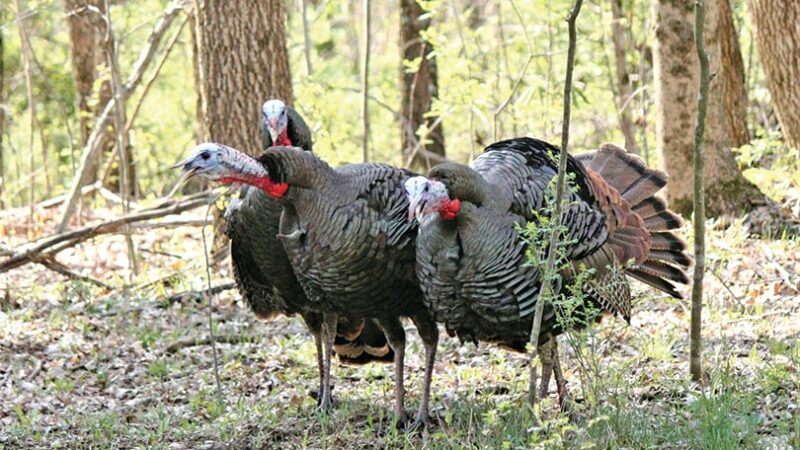Chesapeake Bay’s ‘dead zone’ shrinks to smallest on record – Outdoor News
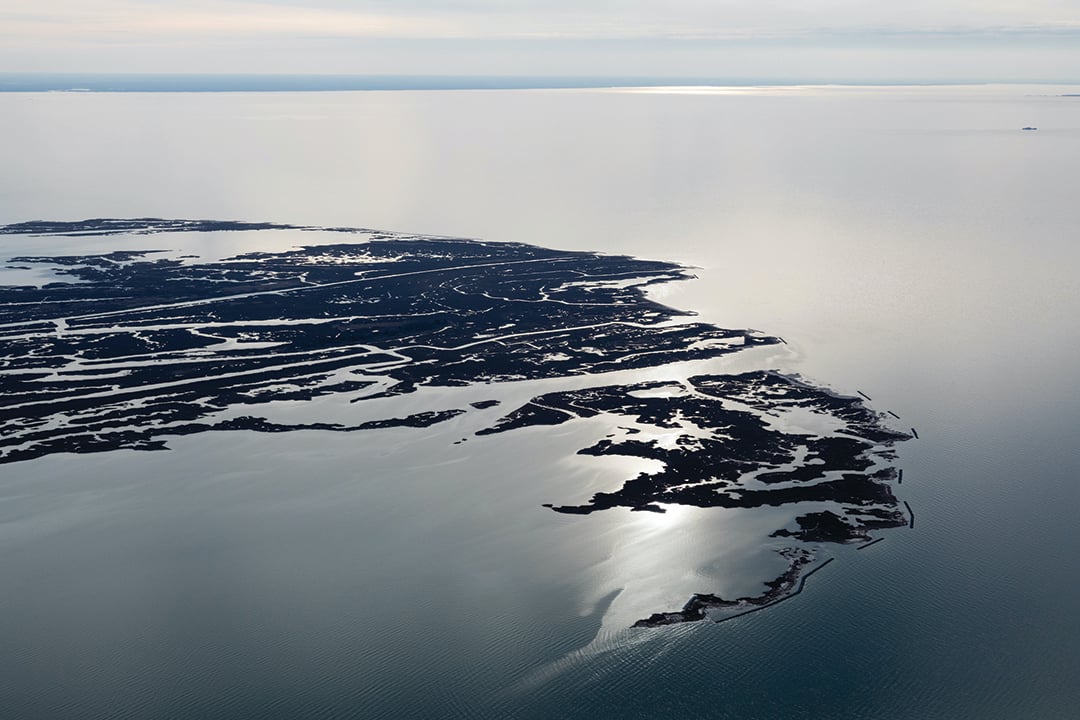
Harrisburg — The Chesapeake Bay’s oxygen-starved “dead zone” in 2023 was the smallest observed in nearly 40 years of monitoring, scientists recently reported.
The scientists say the improvement stemmed from the region’s efforts to control nutrient pollution combined with favorable weather conditions. It was the fourth consecutive year that the dead zone was smaller than the average observed since baywide water quality monitoring began in 1985.
The size of the dead zone is a closely watched indicator of the bay’s health. Oxygen is critical for most aquatic life. When oxygen levels fall too low, it forces species to move elsewhere – often into less favorable habitats. Those that can’t move, such as bottom-dwelling clams and worms, can die.
Improving oxygen conditions in the bay has been driving the regionwide effort to reduce the nutrients nitrogen and phosphorus in waterways.
RELATED COVERAGE FROM OUTDOOR NEWS:
The Chesapeake Bay is warming, attracting threatened manatees
Agencies give conservation grants to boost Chesapeake Bay
Regulations relaxed a little on Chesapeake Bay crab harvest
Too much nitrogen and phosphorus spur algae blooms, and when there are more algae than can be consumed by fish, clams, oysters and other aquatic life, the excess sinks to the bottom where it is decomposed by bacteria in a process the removes oxygen from the water.
Water with less than 2 milligrams of oxygen per liter is considered hypoxic and off limits to most aquatic life.
The amount of hypoxic water in the bay – the area usually considered to be the dead zone – averaged 0.52 cubic miles from May through October, compared with the historic average of 0.97 cubic miles.
Put another way, a bit more than 3% of the bay suffered from severe hypoxia, on average, last summer.
But areas with greater amounts of oxygen still may not have conditions suitable for all aquatic life. For instance, striped bass prefer water with at least 6 milligrams of oxygen per liter of water, while blue crabs want at least 3 mg.
Nonetheless, officials say the improved conditions are evidence that the billions of dollars spent to reduce nutrients in recent decades is paying off. Still, the region remains far from fully achieving its nutrient reduction goals set for 2025.
“These results illustrate that nutrient input reductions can produce a significant improvement for fish, crab and oyster habitats, and that we need to continue and advance our management efforts throughout the watershed,” said Mark Trice, program chief of water quality informatics with the Maryland Department of Natural Resources.
Information from the department, as well as Old Dominion University and the Virginia Institute of Marine Science, was used to assess this year’s water quality.
The improved conditions also stemmed from lower-than-average river flows into the bay during much of the year, which was reflected in monitoring by the U.S. Geological Survey.
Reduced rainfall means fewer nutrients wash off the land and into the bay, which helps oxygen-rich water on the bay’s surface mix better with oxygen-depleted water on the bottom.
Years with high rainfall, by contrast, create a strong barrier, known as the pycnocline, which prevents surface water from mixing with bottom water. The strong pycnocline in those years – combined with greater nutrients that accompany those river flows – typically set up conditions for large dead zones.
Other factors, such as wind and temperature also affect the size of the dead zone. Strong winds increase mixing between surface and bottom waters. Meanwhile, warm temperatures can accelerate the rate at which bacteria decompose algae, which consumes more oxygen.
This year’s winds were near normal, but temperatures were higher than average, keeping with recent trends toward warmer bay waters. The period between June and September ranked as the 29th hottest summer in 129 years, according to the National Oceanic and Atmospheric Administration.
Without that warming trend, scientists say oxygen conditions in the bay would have been even better in recent years.
“The low levels of hypoxia in 2023, despite the high temperatures, are truly surprising,” said Marjy Friedrichs, research professor at the Virginia Institute of Marine Science.
“This may finally be clear evidence that our nutrient reduction strategies are improving water quality and fish and shellfish habitats.”
Source: https://www.outdoornews.com/2023/12/19/chesapeake-bays-dead-zone-shrinks-to-smallest-on-record/


